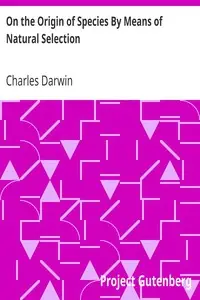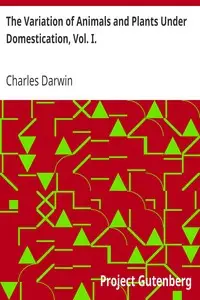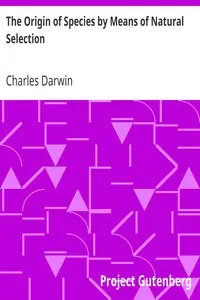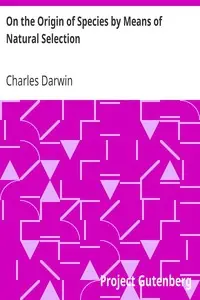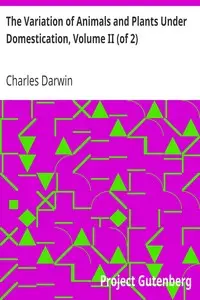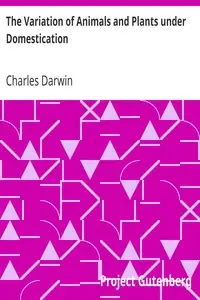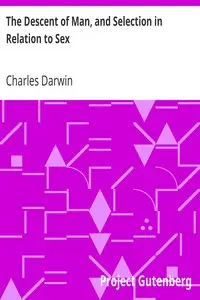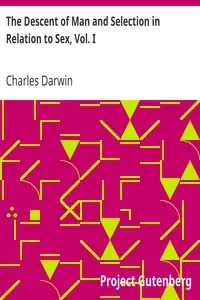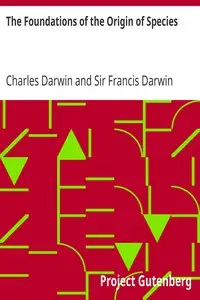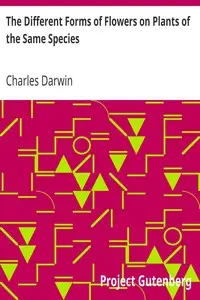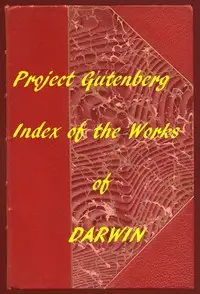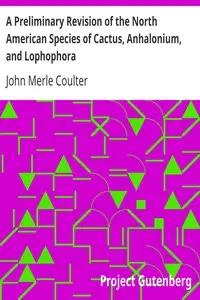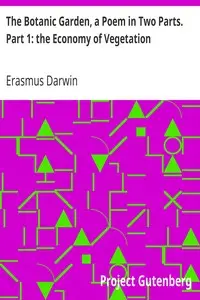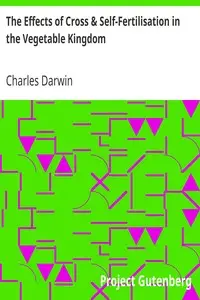"The Variation of Animals and Plants under Domestication — Volume 1" by Charles Darwin is a scientific exploration from the 1800s that examines the alterations in animals and plants shaped by human control, revealing the fundamental ideas of variation, selection, and heredity driving these changes. The beginning of the work establishes the goals and boundaries of the research and explains how it will focus on presenting information on the scale and origin of the changes these domesticated creatures undergo, rather than simply listing all species. Darwin plans to intensely study domestic dogs and cats, using real examples to support more general ideas regarding variation and selection in tamed animals and plants. He highlights how important it is to understand the impact of human engagement and the natural differences among living things, suggesting the convoluted link between humanity and the environment.
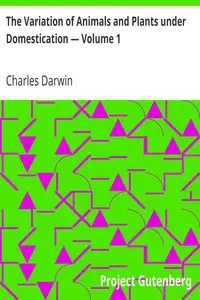
The Variation of Animals and Plants under Domestication — Volume 1
By Charles Darwin
Witness how choices made by people transform the natural world as traits are passed down, forever altering both plants and animals.
Summary
About the AuthorCharles Robert Darwin was an English naturalist, geologist, and biologist, widely known for his contributions to evolutionary biology. His proposition that all species of life have descended from a common ancestor is now generally accepted and considered a fundamental scientific concept. In a joint publication with Alfred Russel Wallace, he introduced his scientific theory that this branching pattern of evolution resulted from a process he called natural selection, in which the struggle for existence has a similar effect to the artificial selection involved in selective breeding. Darwin has been described as one of the most influential figures in human history and was honoured by burial in Westminster Abbey.
Charles Robert Darwin was an English naturalist, geologist, and biologist, widely known for his contributions to evolutionary biology. His proposition that all species of life have descended from a common ancestor is now generally accepted and considered a fundamental scientific concept. In a joint publication with Alfred Russel Wallace, he introduced his scientific theory that this branching pattern of evolution resulted from a process he called natural selection, in which the struggle for existence has a similar effect to the artificial selection involved in selective breeding. Darwin has been described as one of the most influential figures in human history and was honoured by burial in Westminster Abbey.

